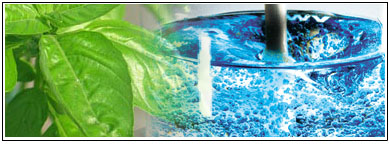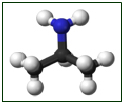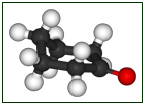
Solvents are substances that are capable of dissolving or dispersing one or more other substances. Organic solvents are carbon-based solvents (i.e., they contain carbon in their molecular structure).
Million of U.S workers are exposed to organic solvents that are used in such product as paints, varnishes, lacquers, adhesives, glues, and degreasing/cleaning agents, and in the production of dyes, polymers, plastics, textiles, printing inks, agricultural product, and pharmaceuticals.
Many organic solvents are recognized by NIOSH as carciogens (e.g., benzene, carbon tetrachloride, trichloroethylene), reproductive hazards (e.g., 2-ethoxyethanol, 2-methoxyethanol, methyl chloride), and neurotoxins (e.g., n-hexane, tetrachloroethylene, toluene). Many different classes of chemicals can be used as organic solvents, including aliphatic hydrocarbons, aromatic hydrocarbons, amines, esters, ethers, ketones, and nitrated, or chlorinated hydrocarbons.
 |
 |
 |
|
Toluene
|
Isopropylamine
|
Cyclohexanone
|

